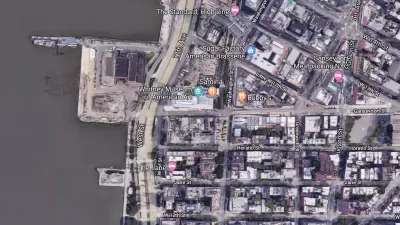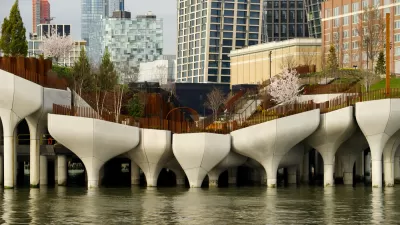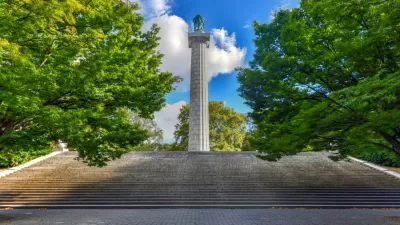In a city where density is everything, these park projects make creative use of existing public spaces—and, in some cases, create their own.
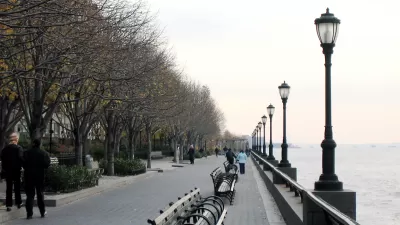
From a floating "Little Island" on the Hudson River to a plaza under the Brooklyn Bridge, Michelle Colman lists some of New York City's most exciting new park projects, including a recently opened public park nestled in the middle of a luxury development and the Gansevoort Peninsula, a 5.5-acre green space in the Hudson River Park.
The city's Parks Commissioner, Mitchell J. Silver, praised the creativity of the various park projects. "Every inch of available space in New York is utilized," he said, citing the High Line as a prime example of effective reuse of public space and expressing his goal to expand public spaces "into the fabric of" the city.
One of the more controversial projects on the list, the Marsha P. Johnson State Park, is facing criticism from community members for its plan to install a one-acre concrete slab "covered with a thermoplastic mural printed with rainbow stripes and planted with eight-foot-tall sculptural flowers." Intended as a tribute to Johnson, an LGBTQ civil rights icon "who often wore flowers in her hair," the installation is being criticized as "the opposite of an environmental option" and a poor alternative to green space or actual flower gardens. Another high-profile project, the High Line extension to the recently opened Moynihan Train Hall at Penn Station, is the first step in connecting the transit hub to park space and eventually the Hudson River Park.
With spring on the horizon, New Yorkers have some exciting new public spaces to look forward to.
FULL STORY: New York City's newest parks

Study: Maui’s Plan to Convert Vacation Rentals to Long-Term Housing Could Cause Nearly $1 Billion Economic Loss
The plan would reduce visitor accommodation by 25,% resulting in 1,900 jobs lost.
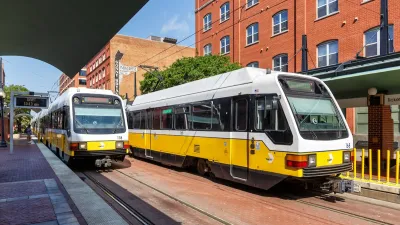
North Texas Transit Leaders Tout Benefits of TOD for Growing Region
At a summit focused on transit-oriented development, policymakers discussed how North Texas’ expanded light rail system can serve as a tool for economic growth.

Why Should We Subsidize Public Transportation?
Many public transit agencies face financial stress due to rising costs, declining fare revenue, and declining subsidies. Transit advocates must provide a strong business case for increasing public transit funding.

How Community Science Connects People, Parks, and Biodiversity
Community science engages people of all backgrounds in documenting local biodiversity, strengthening connections to nature, and contributing to global efforts like the City Nature Challenge to build a more inclusive and resilient future.

Alabama: Trump Terminates Settlements for Black Communities Harmed By Raw Sewage
Trump deemed the landmark civil rights agreement “illegal DEI and environmental justice policy.”

Dear Tesla Driver: “It’s not You, It’s Him.”
Amidst a booming bumper sticker industry, one writer offers solace to those asking, “Does this car make me look fascist?”
Urban Design for Planners 1: Software Tools
This six-course series explores essential urban design concepts using open source software and equips planners with the tools they need to participate fully in the urban design process.
Planning for Universal Design
Learn the tools for implementing Universal Design in planning regulations.
City of Santa Clarita
Ascent Environmental
Institute for Housing and Urban Development Studies (IHS)
City of Grandview
Harvard GSD Executive Education
Toledo-Lucas County Plan Commissions
Salt Lake City
NYU Wagner Graduate School of Public Service


























